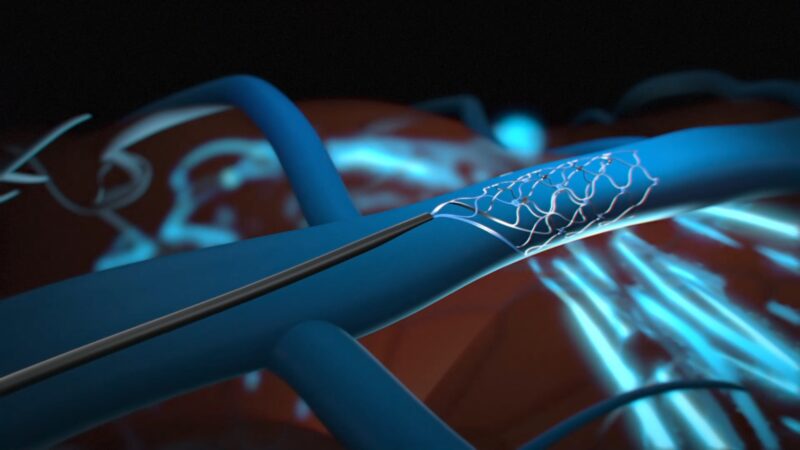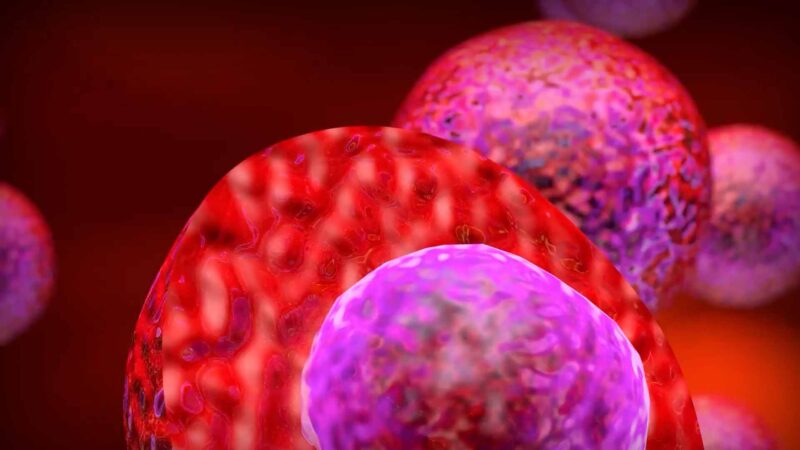Dr Jasmine Kaur
GRIFFITH UNIVERSITY, QUEENSLAND, AUSTRALIA
You Might also like
-
Lía Aguilar Madariaga
RESEARCH IN BRAIN COMPUTER INTERFACE
@ SYNCHRON
MELBOURNE, VICTORIA, AUSTRALIA -
Genetic disease research imitating function and architecture of organs
Professor Wolvetang was among the first to bring the first human embryonic stem cells to Queensland, with his Wolvetang Group at the AIBN now renowned for its work with organoids: growing them, studying them, and using them to try and understand diseases and human development.
Using cutting edge technology, Professor Wolvetang designs and grows organoids both for their own work and for labs across the country, coaxing pluripotent stem cells or tissue samples into 3D structures that mimic the function and architecture of real brains, livers, kidneys, spinal cords, and intestines.
-
Health and economic burden of interstitial lung diseases
Dr Cox’s main research interests focus on respiratory diseases and primarily on the economic burden and economic evaluation of interventions and treatments for their management. She earned her PhD from the University of Tasmania where her doctoral research examined the health and economic burden of idiopathic pulmonary fibrosis (IPF) in Australia, one component of the NHMRC Centre for Research Excellence for Pulmonary Fibrosis, a national project implemented alongside the Australian IPF Registry and the Lung Foundation Australia. This research provided the first epidemiological profile and first costing estimates of the economic burden of the disease in Australia, providing essential evidence for health service reimbursement policies.



